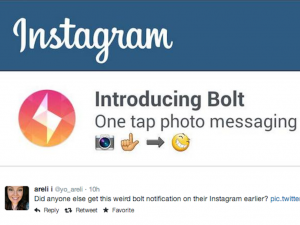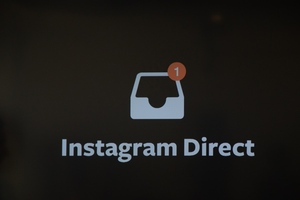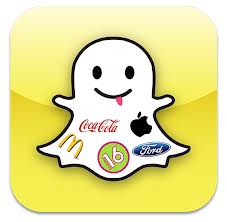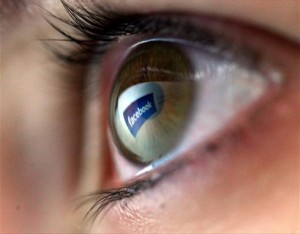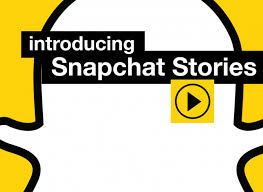Slingshot Finally Becomes Usable, Perhaps Too Late
In Social Bookmarking, Social Media, Social Media News Brief, Social Networking, Web 2.0 | No comment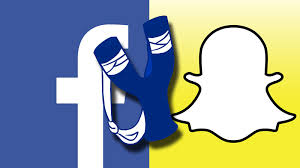
To many, including myself, Slingshot’s primary difference from Snapchat simply didn’t make any sense, and this is a feeling that was generally ubiquitous across its user base (which, of course, pales in comparison to the user base that Snapchat has been able to boast). Thus, it was really no surprise when Facebook updated Slingshot to remove this odd feature completely, so that any photo, video, or text message can be immediately replied to.
In addition to removing the oddness that made Slingshot ineffective and unusable, they have also added a ‘My People’ feature, allowing one to see everyone that they are ‘slinging’ with. This is a feature that seems to bring the application even closer to Snapchat. In fact, right now, since they removed the initial feature that separated Slingshot from Snapchat, I’m not sure what makes Slingshot any different, apart from some aspects of the interface and design. Considering Instagram (who are also owned by Facebook) launched their own Snapchat-clone called Bolt just recently, I find it unlikely that Slingshot stands much of a chance at remaining in the competition.


